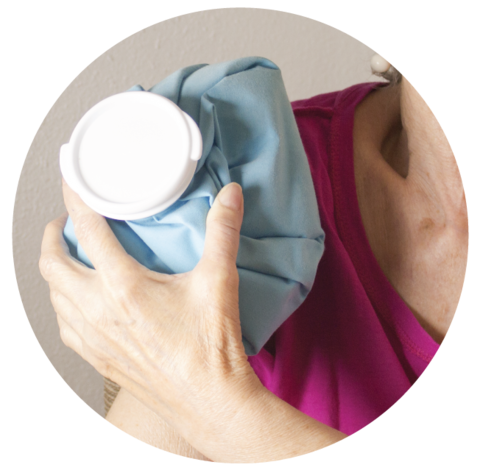 FAST FACTS: Non-Drug Treatment: ColdCold treatments, such as frozen gel packs, bag of frozen vegetables, or cold cloths, are placed at or near the painful site. Cold works by numbing nerve endings in the skin, reducing muscle spasms, and decreasing swelling. Cold applications may work better than heat in some situations. Research has found: 1) cold usually relieves more pain and more quickly than heat; 2) pain relief from cold lasts longer than pain relief from heat; and 3) cold is more effective in decreasing pain and swelling in the first 72 hours following an acute injury. 
Cold Application Guidelines
Necessary Equipment
Directions
Notes
What Else You Should Do
References:
|
Revised January 2022
